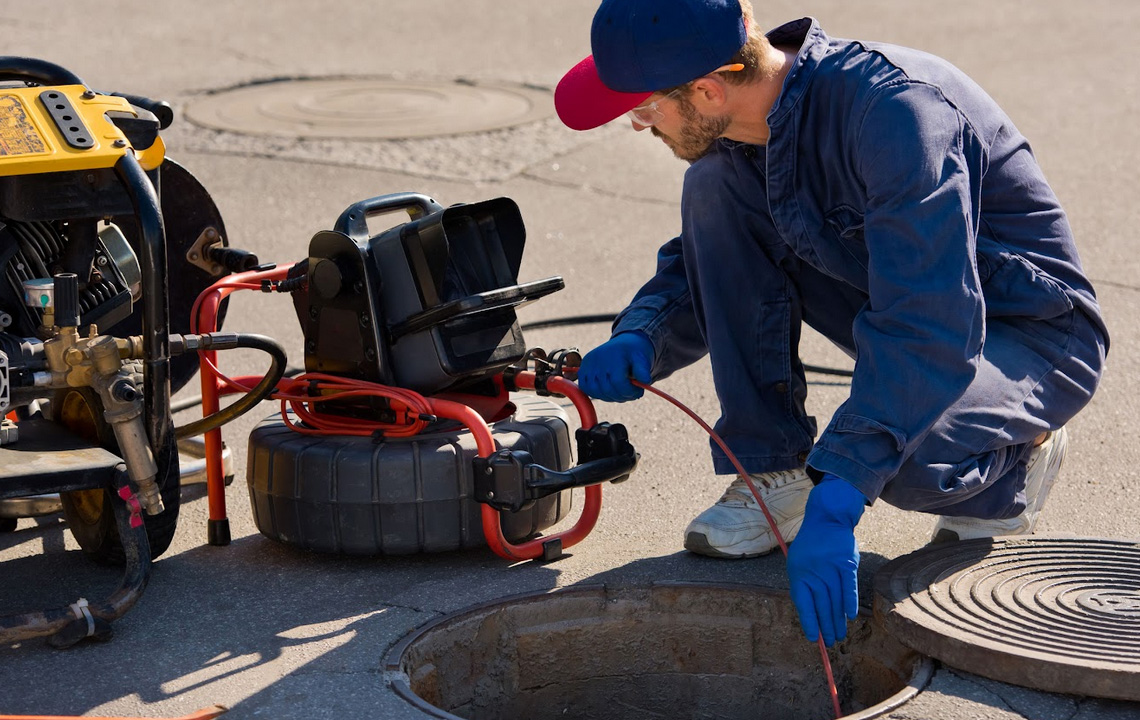
Sewer inspections are crucial for maintaining the functionality and integrity of sewage systems in both residential and commercial settings. The duration of a sewer inspection can vary depending on several factors, including the size of the property, the complexity of the sewer system, the inspection method used, and any issues or obstructions encountered during the process.
Typically, a sewer inspection can take anywhere from 30 minutes to several hours to complete. However, it’s essential to understand the different stages involved in the inspection process to appreciate why it might take a significant amount of time.
- Preparation: Before starting the inspection, the inspector will need to gather essential equipment and tools. This may include a sewer camera, lights, probes, and any protective gear required. Additionally, they might need to coordinate with the property owner to access the sewer system, which could involve clearing obstacles or coordinating access with tenants in commercial properties.
- Initial Assessment: The inspector will begin by conducting a visual inspection of the exterior of the property to locate the sewer access point. Once found, they will remove the cover and prepare to insert the camera into the sewer line.
- Camera Inspection: The primary method for sewer inspections involves using a high-resolution camera attached to a flexible rod or cable. This camera is inserted into the sewer line and navigated through the pipes, providing real-time video footage of the interior condition of the sewer system. As the camera progresses through the pipes, the inspector will closely monitor the footage, looking for signs of damage, blockages, leaks, or other issues.
- Obstruction Removal: If the camera encounters any obstructions, such as tree roots, debris, or sediment buildup, the inspector may need to pause the inspection to address these issues. Depending on the severity of the obstruction, this process could involve using tools to clear the blockage or even scheduling additional services such as hydro jetting to thoroughly clean the pipes.
- Documentation and Analysis: Throughout the inspection, the inspector will document their findings, including any areas of concern, measurements, and recommendations for repairs or maintenance. After completing the inspection, they will compile this information into a comprehensive report for the property owner.
- Post-Inspection Consultation: Once the inspection report is ready, the inspector will meet with the property owner to discuss their findings and recommendations. This consultation may include reviewing the inspection footage, explaining any identified issues, and providing guidance on the next steps for addressing any necessary repairs or maintenance.
Factors that can affect the duration of a sewer inspection:
- Property Size: Larger properties with extensive sewer systems will naturally take longer to inspect compared to smaller properties.
- Sewer System Complexity: Older properties or those with intricate sewer layouts may require more time to navigate and thoroughly inspect.
- Obstructions and Issues: The presence of blockages, damage, or other issues within the sewer line can prolong the inspection process as additional time may be needed to address these problems.
- Type of Inspection: Different inspection methods, such as manual visual inspections or advanced camera inspections, can vary in terms of time required.
While a sewer inspection typically ranges from 30 minutes to several hours, it’s essential to consider the various factors and stages involved in the process. By thoroughly examining the sewer system and identifying any issues early on, property owners can mitigate potential problems and ensure the long-term functionality of their sewage infrastructure.
